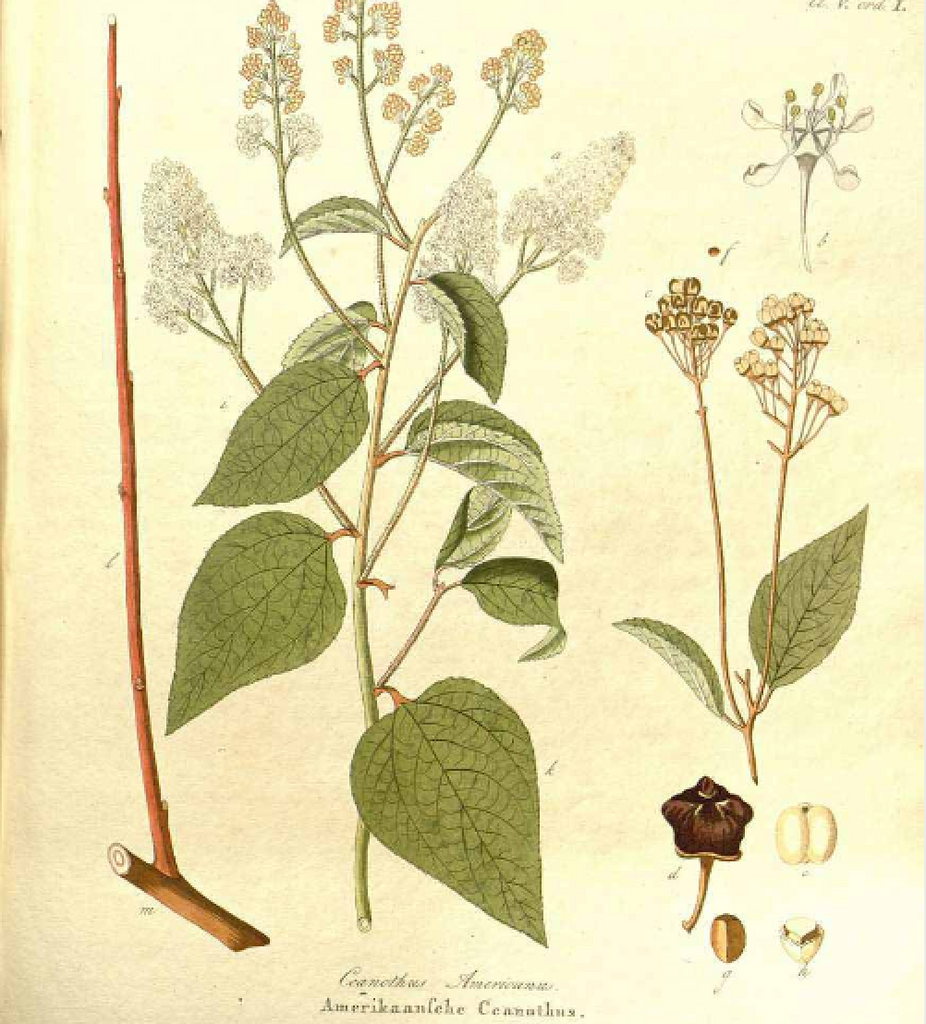Over the course of my career I have become increasingly fascinated by the language of our bodies and how the amazing functions are both symbolic and scientific. It’s truly amazing how each part plays such a significant role in maintaining the ever fluctuating balance for well-being.
The lymph system currently has captured my attention! This is one of the largest systems in our body and runs parallel with the circulatory system.The lymph system is a network of organs, lymph nodes, lymph ducts, and vessels that move toxins out of cells and tissues and away from general circulation. It is the roto-router of the circulatory system and removes all kinds of toxins, dead white blood cells, pathogens, fungus, bacteria and old dead red blood cells. We could not live with out the heroic action of the lymph system for more than 24 hours. Common signs of a sluggish lymphatic system look like infection, joint pain, edema, fatigue swelling fibroids cysts, head aches and generally feeling lousy.
Unlike the circulatory system, which is powered by the pumping of the heart, the lymphatic system relies on the relaxation of the sympathetic nervous system so that the pumping of muscles and joints occur unrestricted. Lymph flows in only one direction - from the base of the spine down the body. For this reason, there is great wisdom in going out for a brisk walk or doing yoga or any kind of physical activity and it has a profound effect on our health. We all know that living a sedentary life can lead to emotion and physical dis-ease. Look at children! Their little bodies have a built in mechanism that constantly keeps the immune system in good running order. Desk jobs and endless time on a couch in front of a screen are detrimental to our health for this very reason. It’s important to follow the lead of the children and regularly partake in a recess! Your lymphatic system will thank you!
Over the years I have developed a particular affinity for Red Root Ceanothus. The bright red orange color of the tincture reminds me of lymph plasma and red blood cells. The root itself is rock hard, and in my part of the country, likes to grow among the oak and in between rocks. It takes tenaciousness and fortitude to dig, as the soil is often dry and the roots are well seated between rock and root. It is universally my go-to for swollen lymph nodes, be it during colds and flus or mononucleosis or any kind of bacterial issue or virus that lays to rest in hard, hot and inflamed nodes. I’ve had success with its use in children and adults. Its nature is astringent and warming so it’s useful for tightening up boggy tissue such as tonsils, hemorrhoids, ovarian cysts and uterine fibroids.
This powerful root is found in so many of my formulas… from immune boosting formulas to my reproductive formulas. Lmyph circulation plays a role in so many body systems. It aids in PMS and assists in relieving swollen and tender breasts and the boggy sluggishness in the pelvic region so often accompanied by a painful menstrual cycle. It is a spleen remedy par excellence and helps with the dull achy or cutting pain in the spleen due to a suppressed immune system. It also works well for slow acting viruses, like Epstein Barr, Mono, Lyme disease and Malaria.
In my High Altitude formula it plays a significant role in enhancing the polarity of red blood cells to avoid the clumping and thickening of red blood cells as platelets lose their polarity in ascending altitude.In my Lymph tonic it is a critical ingredient for lymphademia of women who have undergone the removal of lymph nodes due to breast cancer and for stubborn lymphatic congestion and edema.
And remember!!! Lymph flows in one direction so we can often times see swelling in in the ankles do to poor lymphatic circulation.
Of Plants and Planets
Just as the moon and Neptune rule the ocean, so our lymphatic system rules our body. It literally relates to the oceans of the body. It is within the watery depth our of emotions that the tides of our feelings are processed, sorted and integrated. Like the ocean, the lymphatic system is constantly in a state of flux. It’s no wonder that when we have been under a tremendous amount of stress or grief we often get sick. Just as the lymphatic system separates toxins from general circulation it is also responsible for our ability to separate toxic emotions. It’s no wonder that Mono is found primarily among teenagers! The teen years are the most stressful and transition filled times of our lives, as we are integrating enormous change and dealing with life stressors that even as adults we can struggle to handle and understand. I had my own tragic story as a teen losing my mother at age 14 and lacking the tools to deal with tremendous grief, I succumbed to strep throat 8 times my freshman year.
As a parent of a teen, the quiet language of plants has been a means to subtly address both the physical and the emotional without overtly having to pry. For me, stepping into the powerful and lovely world of plants and their seemingly infinite blessings has been a healing journey, both physically and spiritually. The tough and tender red root is just another multifaceted reminder!
MORE ABOUT RED ROOT:
The plant: A California native shrub with over thirty different species and hybrids found locally, Ceanothus is found mostly in the North American west, but also in the mid-west and northeast. The most widely used Ceonothus in commerce is the east coast Ceonothus americanus, but western US herbalists have found that the local species work just as well. It is a stunning little shrub, between two and ten feet in width and two to four feet hight with oval leaves and sometimes spiny branches, and clusters of tiny aromatic flowers. The flowers range from white to blue to purple and bloom from spring to fall depending on species, rain and heat. The root bark is red or wine-colored on the outside, and pinkish in the middle.
Part Used: Root or inner bark of the root. Roots are covered in little nodules — representative of it’s use on the lymphatic nodes.
Qualities: Neutral — warming, sweet to taste. Leaves taste similar to black tea (was used for this purpose during the Revolution)
Dosage: 30-90 drops up to 4x daily
Emotional/Energetics: Symptoms worse in damp cold weather. Tongue is swollen – dirty white coating. Slow, frail pulse. Cold extremities. Excess damp (spleen). Stagnant.
sources: Michael Moore, Materia Medica, California School of Herbal Studies

